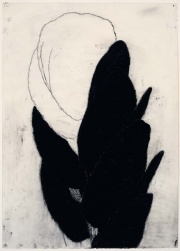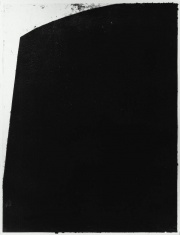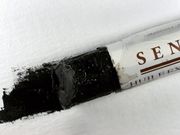Difference between revisions of "Paint stick"
Jump to navigation
Jump to search
| Line 3: | Line 3: | ||
[[File:1986.68-C44004.jpg|thumb|Paint stick on paper<br>MFA 1986.68]] | [[File:1986.68-C44004.jpg|thumb|Paint stick on paper<br>MFA 1986.68]] | ||
A hard, pigmented oil-based stick. Paint sticks contain [[linseed%20oil|linseed oil]], [[wax|wax]], and a pigment or dye. They were first sold commercially in 1966 by Markal. Paint sticks can leave a tacky surface that hardens slowly over time. | A hard, pigmented oil-based stick. Paint sticks contain [[linseed%20oil|linseed oil]], [[wax|wax]], and a pigment or dye. They were first sold commercially in 1966 by Markal. Paint sticks can leave a tacky surface that hardens slowly over time. | ||
| − | [[File:Sennelier oil stick.jpg|thumb|Sennelier oil | + | [[File:Sennelier oil stick.jpg|thumb|Sennelier oil stick]] |
== Synonyms and Related Terms == | == Synonyms and Related Terms == | ||
Latest revision as of 11:22, 10 August 2022
Description
A hard, pigmented oil-based stick. Paint sticks contain Linseed oil, Wax, and a pigment or dye. They were first sold commercially in 1966 by Markal. Paint sticks can leave a tacky surface that hardens slowly over time.
Synonyms and Related Terms
oil crayon; oil stick; tubeless oil paint; Paintstick® [Markal]; encaustic stick
Risks
- Halos may form when used on absorbent material.
- Bloom may form on surface.
Physical and Chemical Properties
When fresh, soluble in petroleum and chlorinated hydrocarbons.
Resources and Citations
- M.Holben Ellis, M.Brigitte Yeh, "Categories of Wax-based Drawing Media" WAAC Newsletter, Vol 19(3), 1997.


